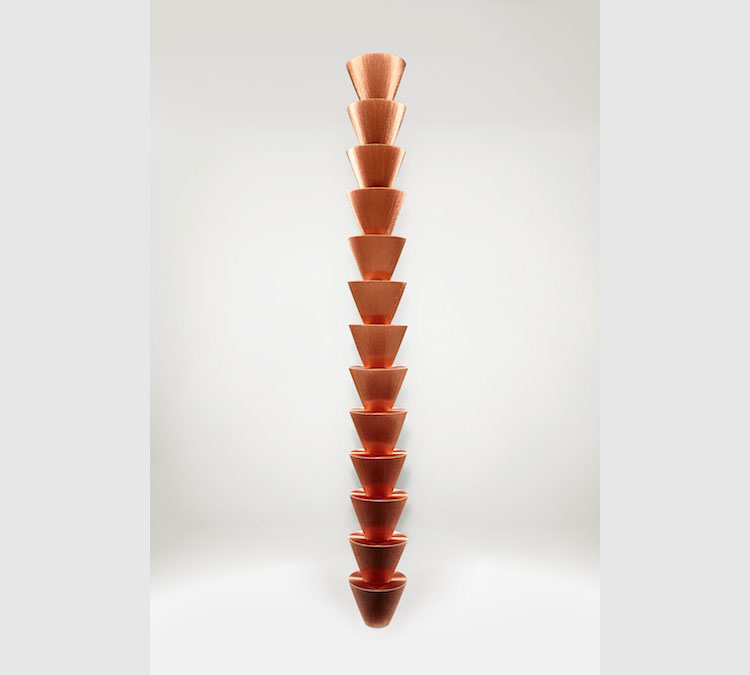At the March Museums Showoff the stand out speakers for me were Sharon Robinson, Collection Care and Textile Conservation Manager at the Museum of London, and Hannah Bishop, Development Coordinator at the Horniman Museum.
Sharon was talking about toxic collections and what to watch out for. The stand out thing for me was the rating of radioactive objects – in the past if you wanted something to fluoresce the coating was radioactive, so lots of war time things which needed to be read or looked at in the dark are now hazardous items. The standard for measuring these small radiations is to look up the equivalent ‘effective’ dose in bananas. The Banana Equivalent Dose (BED) takes the fact that the fruit contains a quantity of naturally occurring potassium which is radioactive. Thus one can work out that an antique compact is the equivalent of eating 4 bananas and so probably OK to handle. More details here and here.
Hannah spoke about her project to crowd fund an art exhibition at the Horniman of paintings of taxidermy in-situ in the museum’s stores. This seems a really progressive and novel way to engage with an audience and create exhibitions which people want to see. In this time of public cuts, new ways of generating money like this are going to be necessary and prominent. What other existing funding models or cash making systems could be applied to the arts and heritage sector? Exhibition shares? eBay? Google ads?























